Anastasia Samoylova’s Seductive Images Document the Fragility of Florida
By Something CuratedMoscow-born Miami-based artist, Anastasia Samoylova has been photographing Florida intensively since 2016 — from the Keys to the state borders. A stark place, culturally, politically, economically, and climatically, Samoylova’s probing images tell a complex story. The artist makes her photographs on wandering road trips, often encountering the most telling subjects by chance. Her images are layered, with subtle references both to Florida’s history and to the way it has been documented by others, most notably by American photojournalist Walker Evans. Following her recent exhibitions at C/O Berlin and The Photographer’s Gallery in London, as well as her solo presentation with WENTRUP Gallery at Art Basel Miami Beach, Something Curated spoke with the artist.
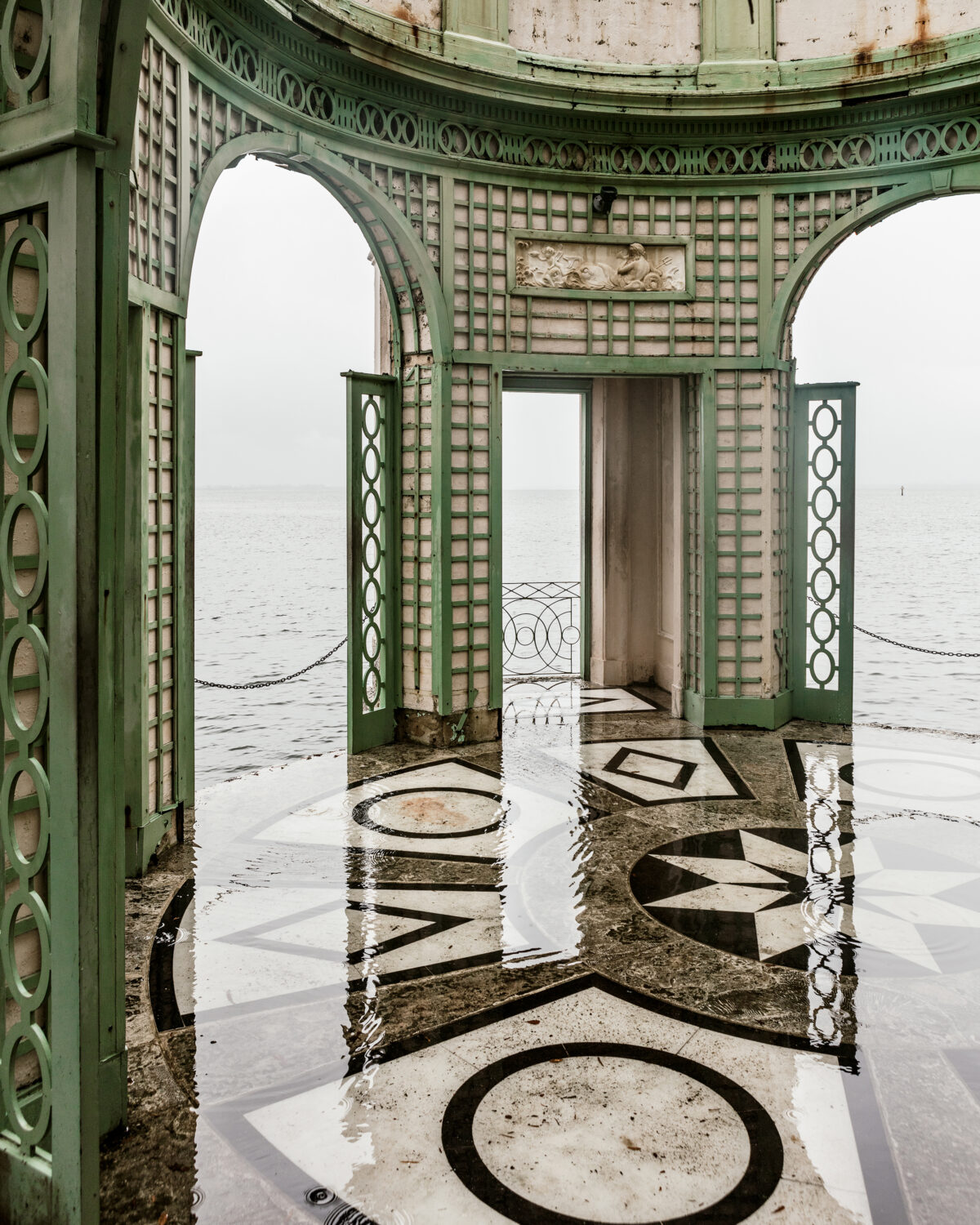
Something Curated: When did photography become your primary medium?
Anastasia Samoylova: I spent a year in a university prep course to pursue a degree in political science, only to drop out a month before the entry exams and switch to environmental design instead, having realised I had better chances to affect positive change through that line of work than join the ruling autocracy in Russia in the early 2000s. To help pay for college, I took a job as a shop window decorator and did commercial photography on the side once digital cameras became available. These were the early days of image-focused social media. I suddenly found myself in dialogue with a global audience, which first gave me the idea to apply for a graduate degree in the arts.
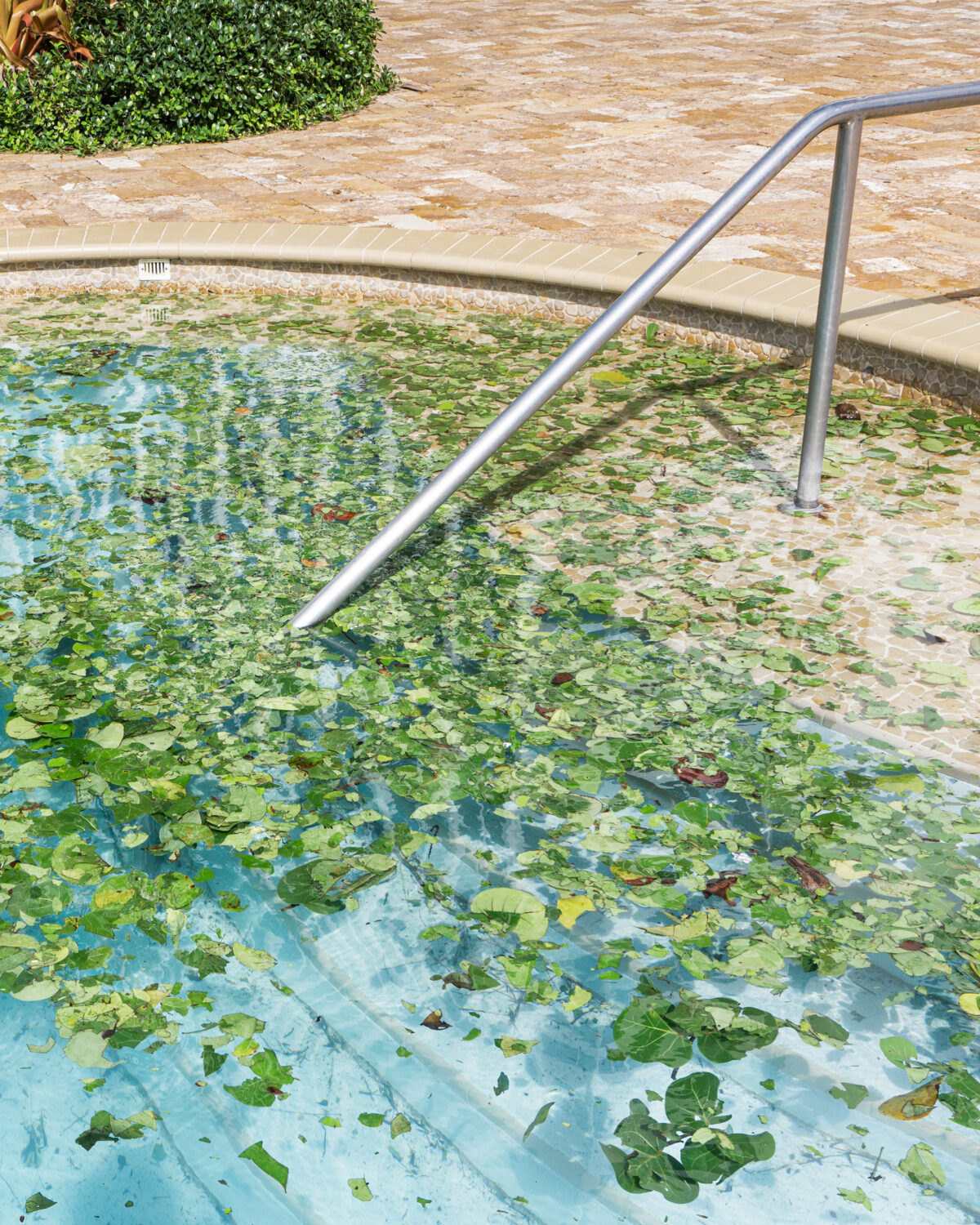
SC: Do you think your background in environmental design permeates your art practice today — and if so, how?
AS: While studying environmental design, we had to construct prototype models of buildings out of paper and document those for critiques. Through that routine, I discovered photography’s unique ability to convey the feeling of a place through lighting. Reflecting on the idea of a place, both real and constructed, continues to be at the centre of my practice. While photography remains my primary tool, I recently returned to painting; it was placed on hold to pursue travel-intensive projects between 2017 to 2022, including FloodZone, Floridas, and Image Cities.
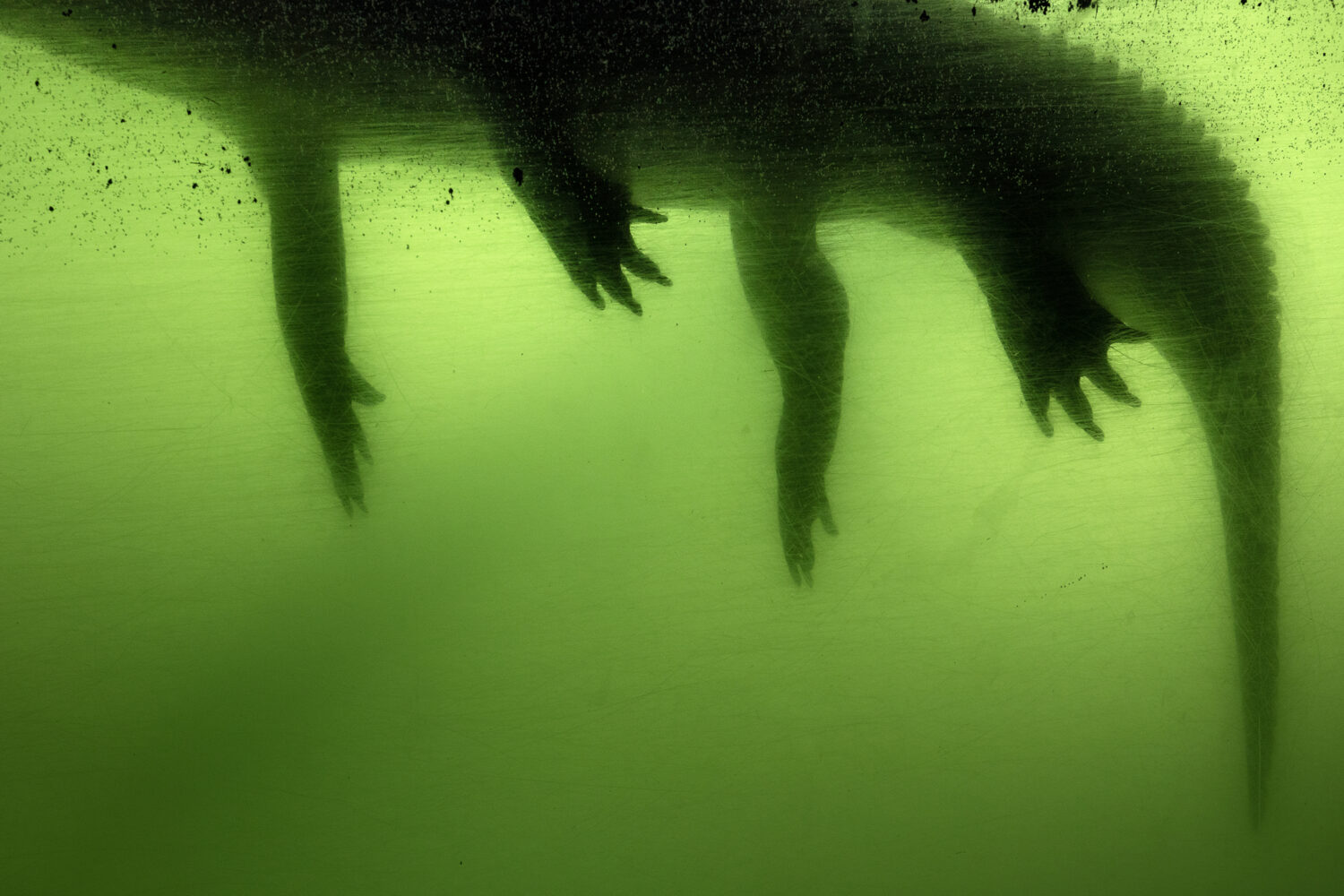
SC: How was FloodZone born?
AS: FloodZone came out of my speculative photographic exploration of Miami when I moved here in 2016. At that time, I was painting and making collages in my studio, following a path set in my earlier studio-based project, Landscape Sublime. While looking for material to include in my collages, I realised that Miami was the perfect construct that I could effectively portray through straight photography with the right compositional framing through a long lens.
We were hit by a minor hurricane a few months after moving in, so I frantically searched to see whether my building was in the flood zone (it was), which led to that title. The dissonance between the reality and the carefully constructed image of this place as it continues to be advertised to real estate developers, tourists, and newcomer billionaires is what drew me to the challenge of showing it through documentary-style photography.
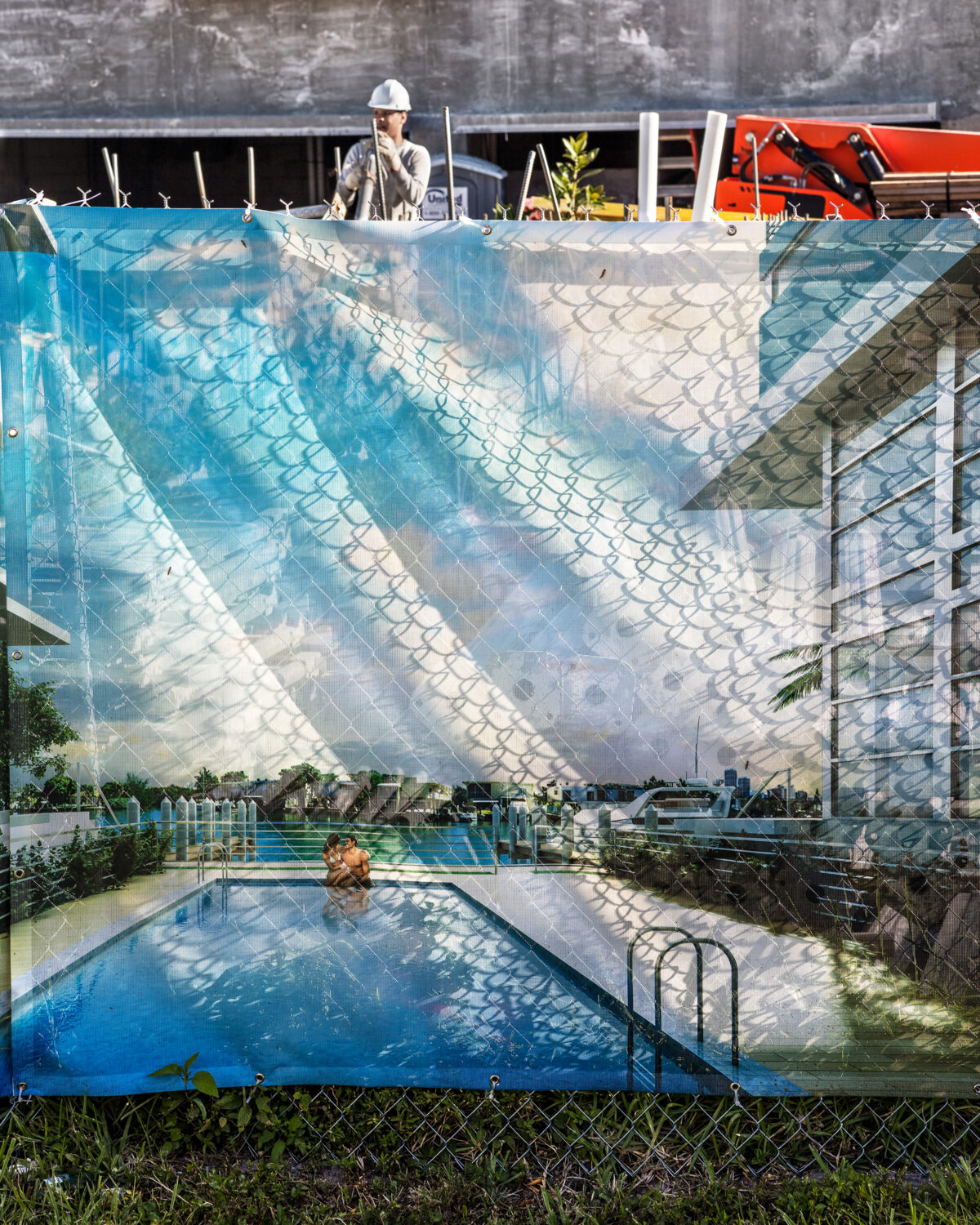
SC: Could you expand on your approach to utilising colour in your series, Floridas?
AS: Colour is not just a formal tool for me, but also one of the key concepts in all of my work since it points to the idea of the picturesque, which is an aesthetic category. In my Floridas project, the palette revolves around the contrast between swampy green and pastel pink, which is firmly associated with Florida because it has historically been used in advertising campaigns, building facades, and even sidewalks.
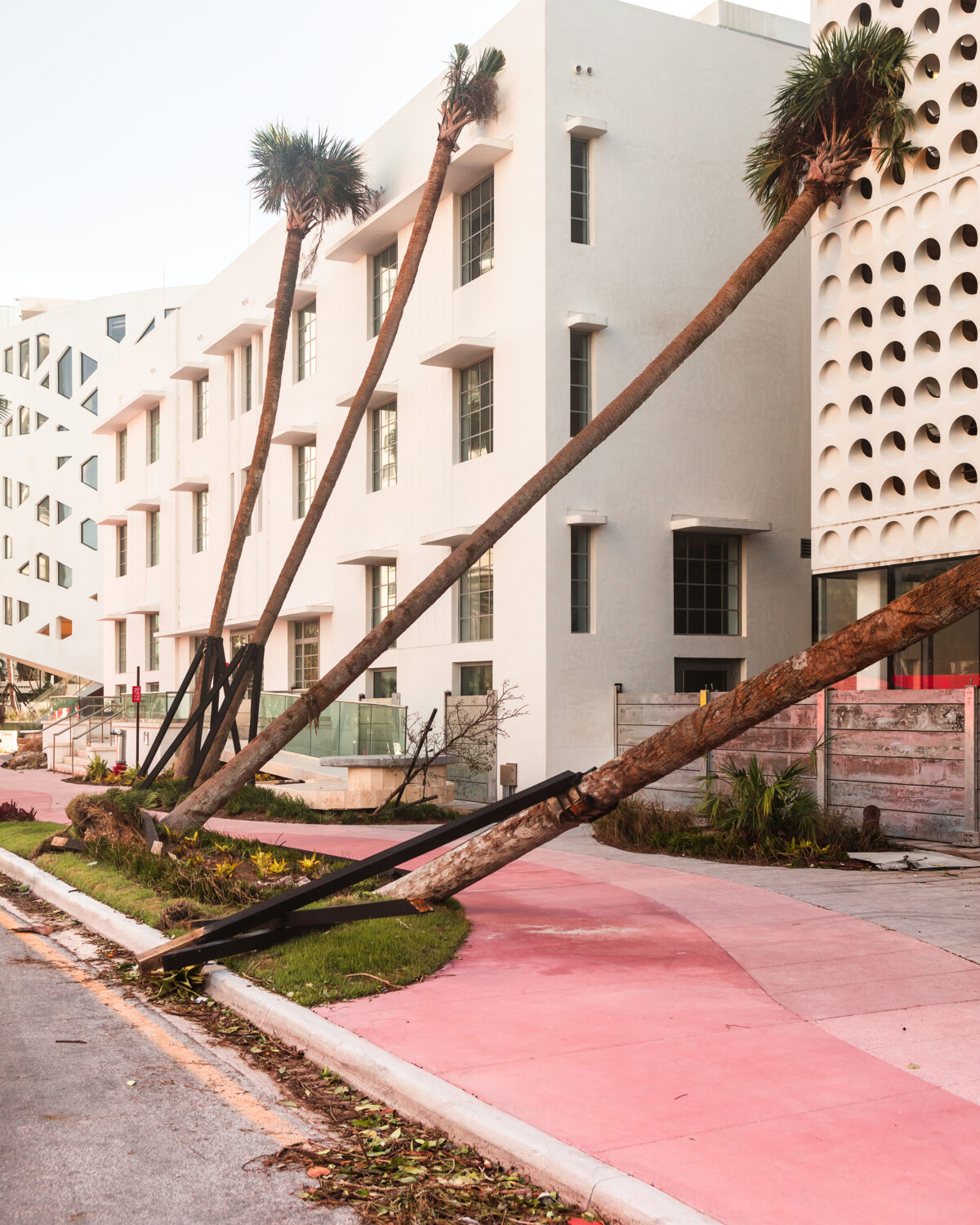
SC: What are some of your favourite cultural spaces in Miami?
AS: Among my favourite cultural spaces in Miami is The Margulies Collection, which has the best collection of photography in town. Another one is the HistoryMiami Museum, a Smithsonian Affiliate known for a vibrant programme of exhibitions on a wide selection of subjects from popular culture to art and anthropology. They produced a large show of my FloodZone project in 2021, which has since travelled to multiple museums. Oolite Arts is an artist residency with an exhibition space that always has excellent shows and events happening; I’m an alumna of their programme.
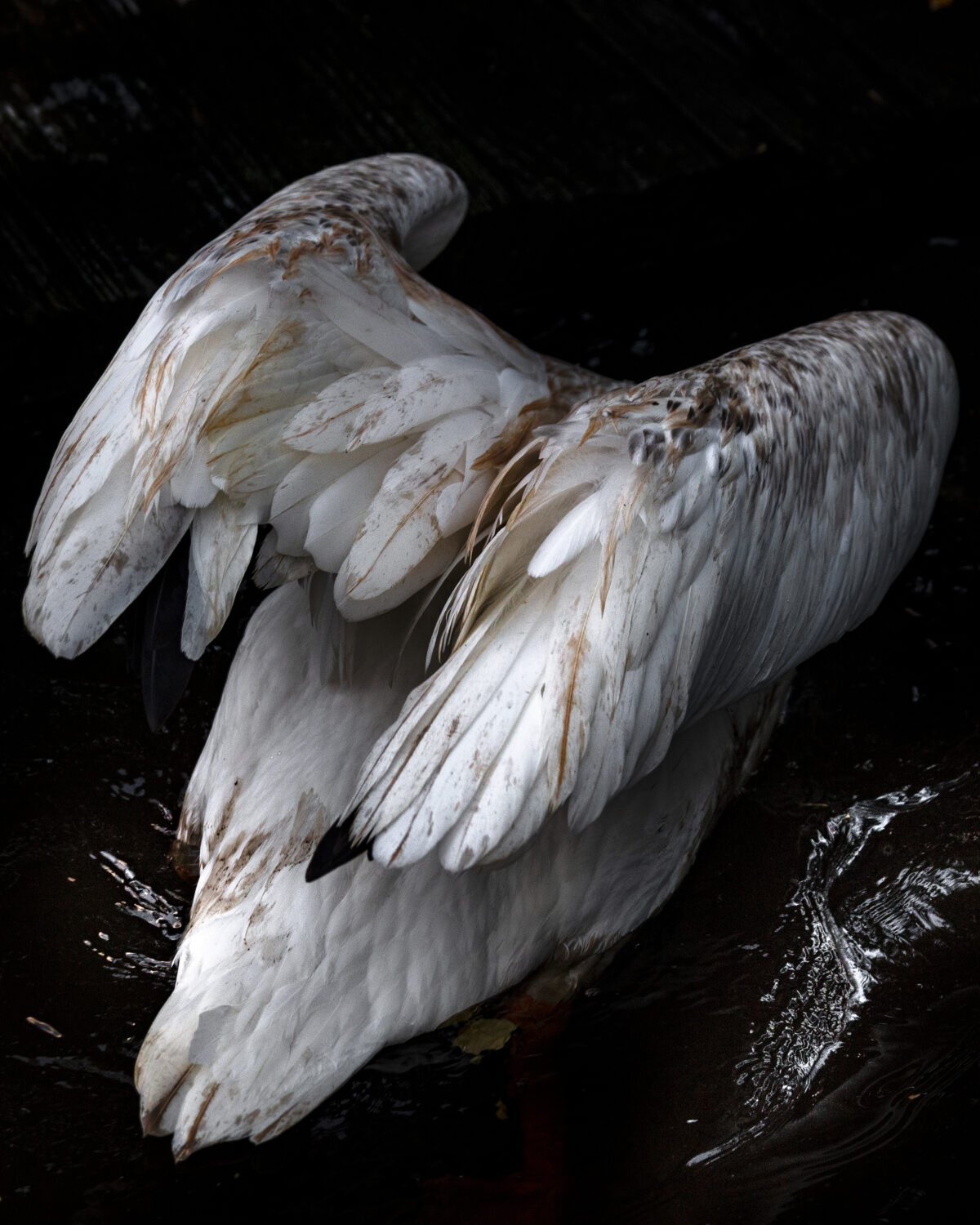
SC: And what are you currently reading?
AS: I’m currently reading The Slip: The New York City Street That Changed American Art Forever by Prudence Peiffer. It makes me both never want to skip a studio day and host more dinners with friends; I highly recommend it!
Feature image: Anastasia Samoylova, Gatorama, 2020. Courtesy of the artist.